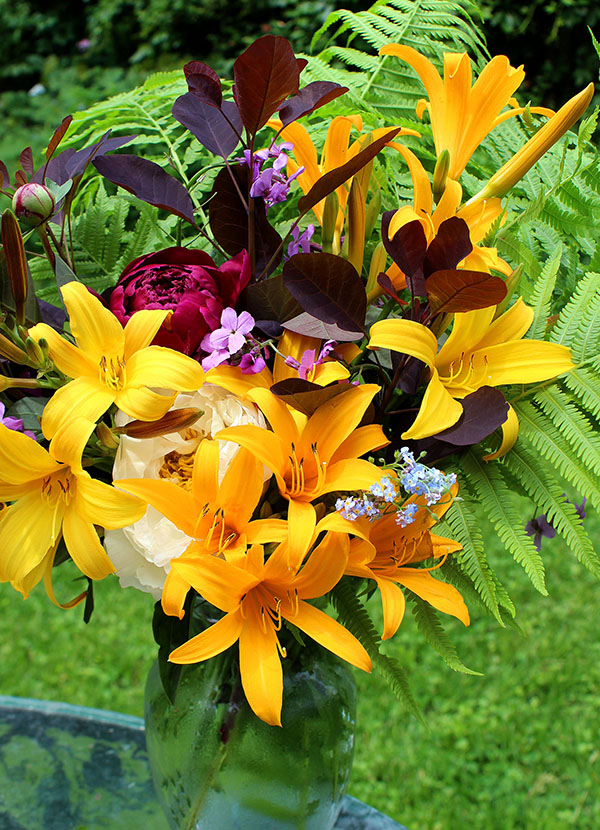In 1820 when it was listed in America’s very first bulb catalog, Indian turnip was the common name for the striking native plant that most of us today call jack-in-the-pulpit. Although its raw corms are poisonous, Native Americans learned to neutralize the poison by roasting or drying them for six months, after which they could be peeled and ground into a flour for making bread.
Jack-in-the-pulpit and Indian turnip are just two of this intriguing plant’s many names which include (so the internet says) Iroquois breadroot, starchwort, pepper turnip, bog onion, dragonroot, memory root, Indian cherries (for its red fruit), Indian cradle, brown dragon (to distinguish it from its native cousin, green dragon), petit precheur (in Quebec), aronskelk (in Dutch-settled areas), tuckahoe, cooter-wampee, wake robin (a name more often applied to trillium), Adam’s apple, devil’s ear, cobra lily, and — from its Old World cousin Arum maculatum — cuckoopint and lords-and-ladies.
And here’s another fascinating tidbit: jack-in-the-pulpit can change from male to female and back again. When they’re smaller, plants are generally male, but when environmental conditions are favorable and they grow large enough, they become female, producing seeds in a cluster of bright red berries. The year after fruiting or when conditions are challenging, plants often change back to male until they can build up the strength to set seed again.
This multi-talented native bulb is easy to grow in light shade, and you can order it now for fall planting.













